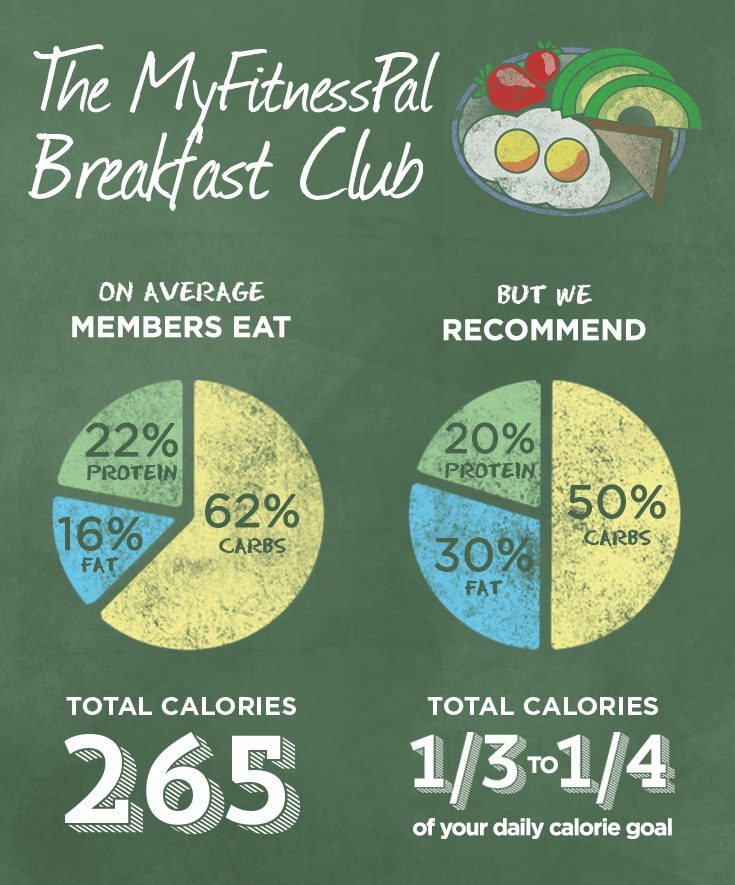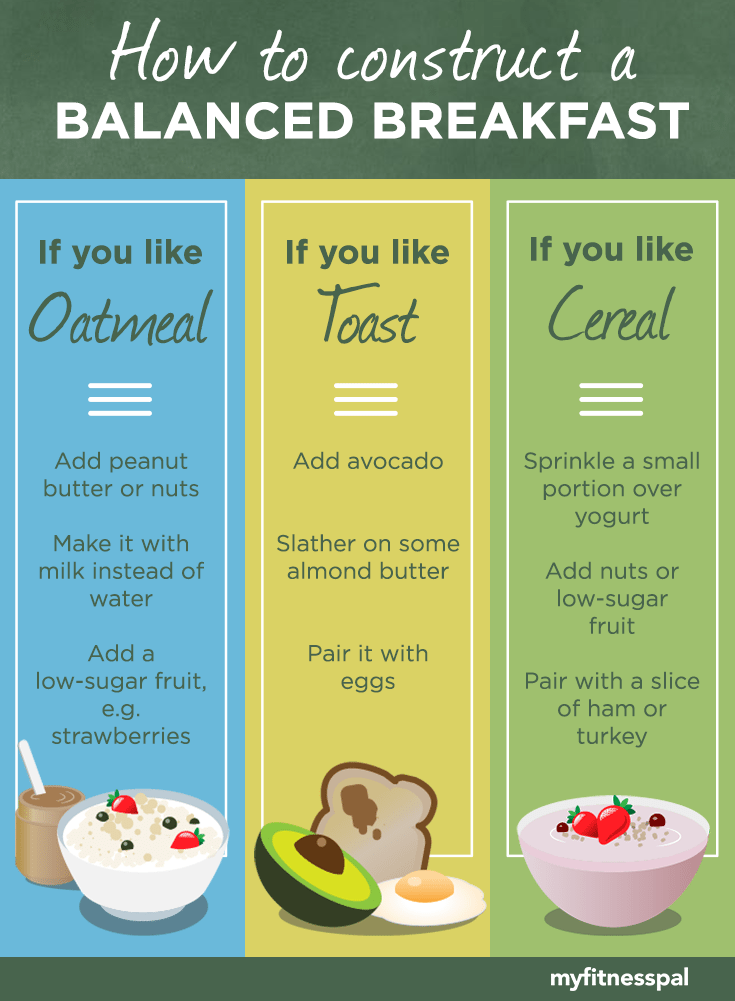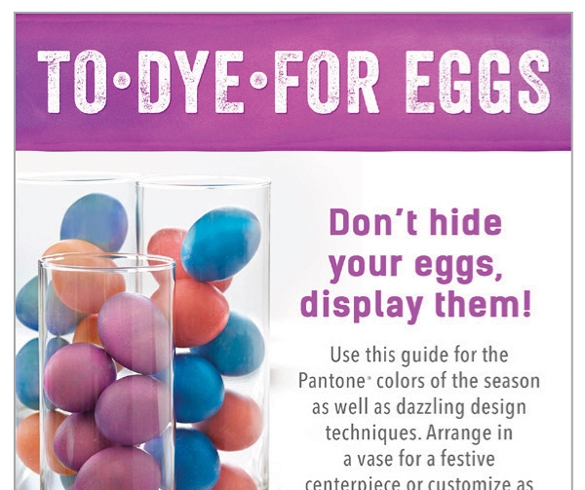
Whether you’re a brain, an athlete, a basket case, a princess or a criminal, you’ve got to start the day off right. Inspired by the timeless classic The Breakfast Club, we took a look at what the MyFitnessPal breakfast club noshes on—and some of the data surprised us.
Source: Giphy
While things weren’t quite to this legendary level of questionable, and as far as we could tell, there were no Cap’n Crunch sandwiches involved, we did spot a few ways our members could improve upon their breakfast habits.
1. You Aren’t Eating Enough for Breakfast. On average, MyFitnessPal members who logged breakfast in January and February of 2015 ate 265 calories for breakfast. One of our nutrition experts, Trinh Le, MPH, RD, recommends that people allocate ¼ to ⅓ of their daily calories to breakfast. Even at the lowest recommended daily calorie goal (1,200 net calories for women and 1,500 for men), that translates to a minimum of 300-375 calories. Are you one of the many Americans under-eating at breakfast? Start your day off with a balanced meal and you’ll be less likely to crash and crave unhealthy options as lunchtime approaches.

2. You’re Eating Too Many Carbs and Not Enough Fat. On average, members’ breakfasts break down to 34g (62%) of carbs, 9g (16%) of fat and 12g (22%) of protein. The Dietary Guidelines for Americans 2010 recommends that people eat 45-50% of their calories from carbohydrates, 25-35% from fat, and 20-25% from protein. So, overall, MyFitnessPal members are eating more carbohydrates and less fat than is recommended for breakfast. Next time you’re in the store shopping for breakfast foods, keep in mind that the carbs you choose should be high-fiber. Try pairing them with protein and fat so you stay fuller longer and have a more balanced diet.
3. You’re Eating Too Much Added Sugar. Every morning, on average, MyFitnessPal members’ breakfasts contain a little more than one tablespoon—3.5 teaspoons or 14g—of sugar. That’s 56 calories, and means that about 21% of people’s breakfast calories are coming from sugar. The World Health Organization recommends that less than 10% of total calorie intake be from added sugar, and points out that a reduction to 5% of total calories can lead to added benefits. Recommendations are different based on whether the sugar is “added,” as in sweet cereals or breakfast pastries, versus natural, as from fresh fruits. The American Heart Association recommends that women stay below 6 teaspoons (24 grams) and men below 9 teaspoons (36 grams) of added sugar every day. So, if the sugar that we’re seeing logged during breakfast time is mostly coming from “added” sources, most women have already eaten more than half of their daily sugar allotment, and men are over the one-third mark. As you’re assessing your own breakfast menu, take a second to check the labels on your bread, cereal, jam and coffee drinks—the amount of added sugar lurking within may surprise you!
Balanced Breakfast Cheat Sheet We noticed that a lot of people love oatmeal, cereal, and toast, so here’s a quick cheat sheet to make sure your morning go-to gets you the nutrients you need:

For even more inspiration, check out this Pinterest board of balanced breakfast recipes our registered dietitians put together:
Follow MyFitnessPal’s board MyFitnessPal’s Healthy Breakfast Club on Pinterest.
Follow this advice, and soon you’ll be feeling so good you’ll be fist pumping with Bender.
Source: Giphy







